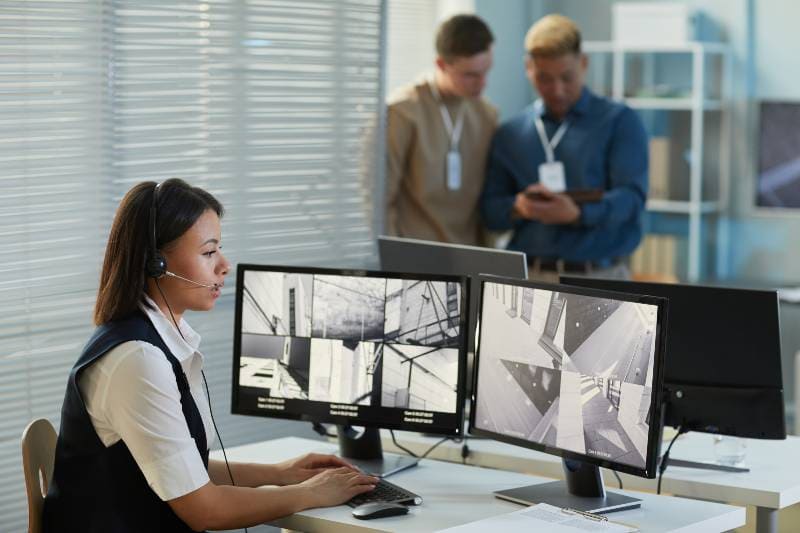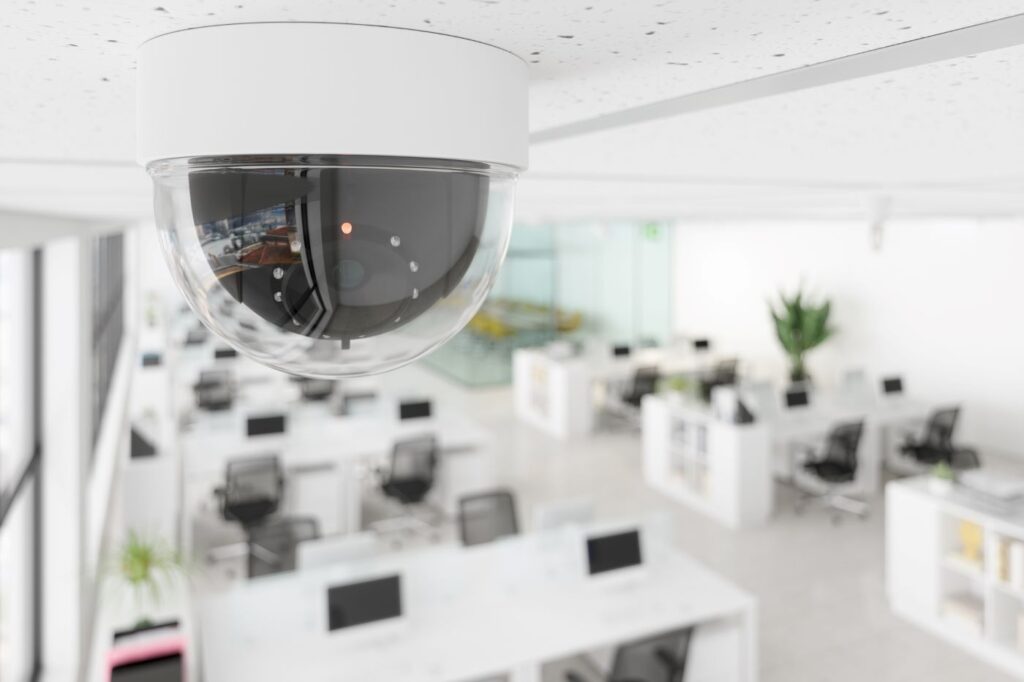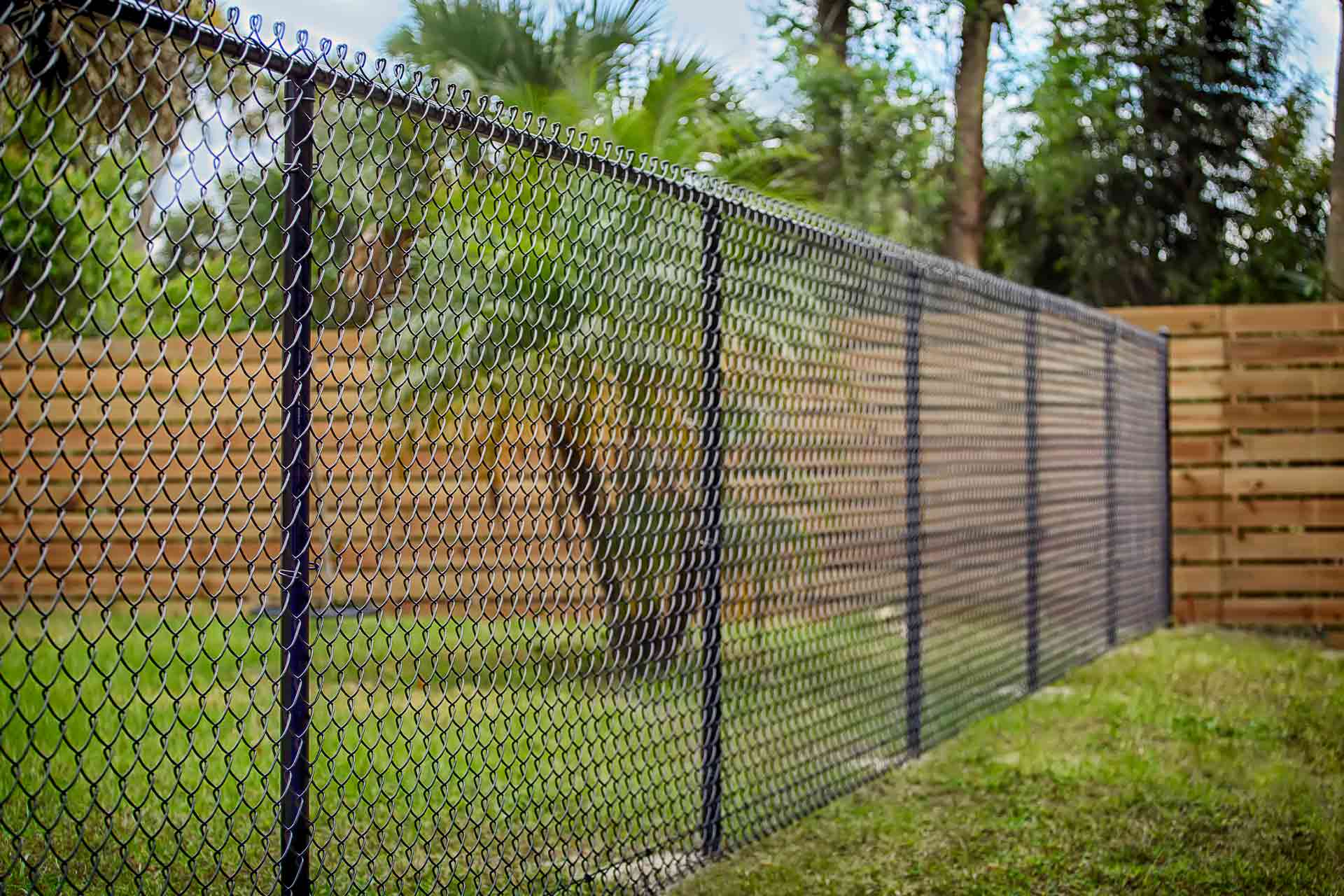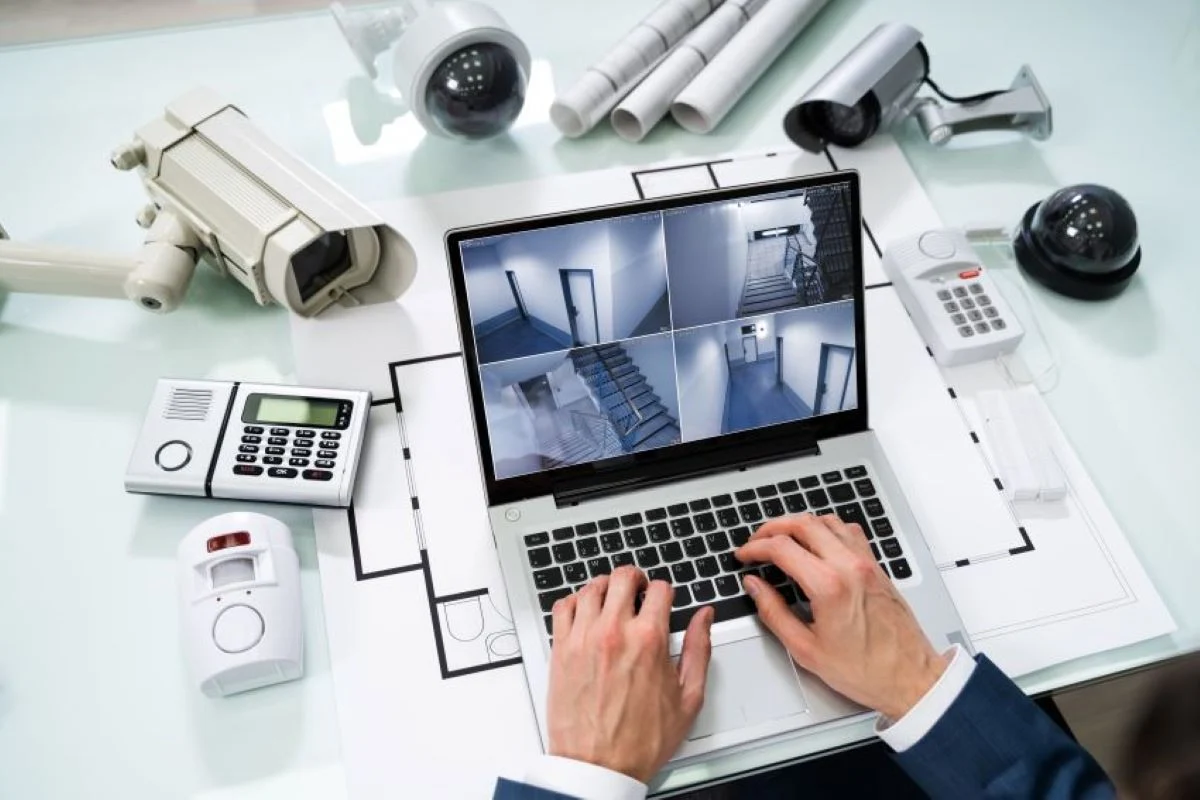In an era where security threats are evolving rapidly, the need for modernising commercial building security systems has never been more pressing. Businesses must adapt to new technologies and methodologies to protect their assets, employees, and sensitive information. This article delves into the latest advancements in security systems, exploring how they can enhance safety and efficiency in commercial settings.
The Shift Towards Integrated Security Solutions
Traditionally, commercial building security systems operated in silos, with separate systems for access control, surveillance, and alarm management. However, the trend is shifting towards integrated security solutions that offer a holistic approach to safety.
Benefits of Integration
Integrated security systems allow for seamless communication between various components. For instance, if an access control system detects an unauthorised entry, it can automatically alert the surveillance cameras to focus on that area, providing real-time footage to security personnel. This interconnectedness not only enhances response times but also improves overall situational awareness.
Moreover, an integrated system can streamline operations, reducing the need for multiple software platforms and simplifying user training. This leads to increased efficiency and a more effective security posture. Furthermore, the ability to consolidate various functions into a single interface can significantly reduce the risk of human error, as operators are less likely to overlook critical alerts when everything is centralised. This comprehensive approach not only fortifies the security framework but also fosters a culture of vigilance among staff, as they become more attuned to the interconnected nature of their security environment.
Cloud-Based Security Management
The rise of cloud technology has revolutionised how security systems are managed. Cloud-based solutions enable remote monitoring and management of security systems from anywhere in the world. This flexibility is particularly beneficial for businesses with multiple locations, as it allows for centralised oversight and quicker response times to incidents.
Additionally, cloud-based systems often come with advanced analytics capabilities, enabling businesses to leverage data for improved security strategies. By analysing patterns and trends, organisations can proactively address potential vulnerabilities before they escalate into serious threats. The integration of artificial intelligence within these cloud platforms further enhances their functionality, allowing for predictive analytics that can forecast security breaches based on historical data. As a result, companies can not only respond to incidents more swiftly but also implement preventative measures that significantly reduce the likelihood of future occurrences. This proactive stance on security is becoming increasingly essential in an era where threats are constantly evolving.
Advanced Surveillance Technologies
Modern surveillance technologies are transforming the landscape of commercial building security. With the advent of high-definition cameras, artificial intelligence (AI), and machine learning, businesses can now monitor their premises more effectively than ever before.
High-Definition and 4K Cameras
High-definition (HD) and 4K cameras offer unparalleled image quality, providing clearer and more detailed footage. This clarity is crucial for identifying individuals and assessing incidents accurately. Furthermore, many of these cameras come equipped with night vision capabilities, ensuring that surveillance remains effective around the clock.
These advanced cameras can also be integrated with motion detection technology, allowing them to automatically begin recording when movement is detected. This not only conserves storage space but also ensures that critical moments are captured without delay.
AI and Machine Learning in Surveillance
Artificial intelligence and machine learning are at the forefront of modern surveillance systems. These technologies can analyse video feeds in real-time, identifying suspicious behaviour and alerting security personnel instantly. For instance, AI can recognise when a person lingers in a restricted area or behaves unusually, prompting immediate investigation.
Moreover, machine learning algorithms can improve over time, becoming more adept at distinguishing between normal and abnormal activities. This capability reduces false alarms and enhances the overall effectiveness of security measures.
Access Control Innovations
Access control systems are crucial for managing who can enter a building and when. Recent innovations in this area are making access control more secure and user-friendly.
Biometric Authentication
Biometric authentication methods, such as fingerprint scanning and facial recognition, are gaining popularity in commercial settings. These systems offer a higher level of security compared to traditional keycards or PIN codes, as they rely on unique physical characteristics that are difficult to replicate.
Furthermore, biometric systems can streamline the access process, allowing for quicker entry while maintaining stringent security protocols. This is particularly beneficial in high-traffic environments, where efficiency is essential.
Mobile Access Control
Mobile access control is another innovative solution that is transforming how businesses manage entry points. Employees can use their smartphones to gain access to buildings, eliminating the need for physical keycards. This not only enhances convenience but also reduces the risk of lost or stolen cards.

Additionally, mobile access control systems can be easily updated remotely, allowing businesses to revoke access instantly if an employee leaves the company or if a device is lost. This flexibility is invaluable in maintaining security in a dynamic workplace. Learn more about commercial security monitoring: real-time insights for peace of mind.
Integration of IoT in Security Systems
The Internet of Things (IoT) is making significant inroads into commercial building security. By connecting various devices and systems, IoT technology enhances the overall security framework.
Smart Sensors and Alarms
Smart sensors can detect a range of threats, from motion and sound to environmental changes such as smoke or water leaks. These sensors can communicate with central security systems to provide real-time alerts, enabling rapid responses to potential issues.
Moreover, IoT-enabled alarms can be customised to suit specific needs. For example, a business can set different alarm thresholds based on the time of day or occupancy levels, ensuring that alerts are relevant and actionable.
Data Analytics and Predictive Security
IoT devices generate vast amounts of data, which can be harnessed for predictive security measures. By analysing historical data, businesses can identify patterns and trends that may indicate potential security threats. This proactive approach allows organisations to implement preventative measures before incidents occur.
Furthermore, predictive analytics can assist in resource allocation, ensuring that security personnel are deployed effectively based on anticipated risks. This strategic approach not only enhances safety but also optimises operational efficiency.
Regulatory Compliance and Best Practices
As security technologies evolve, so too do the regulations governing their use. Businesses must stay informed about compliance requirements to avoid legal repercussions and ensure the safety of their employees and customers.
Understanding GDPR and Data Protection
The General Data Protection Regulation (GDPR) has significant implications for security systems that collect and process personal data. Businesses must ensure that their surveillance and access control systems comply with GDPR requirements, including data minimisation and secure storage practices.
Regular audits and assessments of security systems can help identify areas of non-compliance and mitigate potential risks. By prioritising data protection, businesses can build trust with their clients and employees while safeguarding their operations.
Implementing Best Practices
In addition to compliance, implementing best practices in security management is essential. This includes regular training for employees on security protocols, conducting routine system checks, and staying updated on the latest technologies and threats.
Moreover, fostering a culture of security awareness within the organisation can significantly enhance overall safety. Encouraging employees to report suspicious activities and providing them with the tools to do so can create a proactive security environment.

Conclusion
Modernising commercial building security systems is not merely a trend; it is a necessity in today’s rapidly changing landscape. By embracing integrated solutions, advanced surveillance technologies, innovative access control methods, and IoT integration, businesses can significantly enhance their security posture.
Moreover, staying informed about regulatory compliance and implementing best practices will ensure that organisations not only protect their assets but also foster a safe environment for their employees and customers. As technology continues to evolve, businesses must remain agile, adapting their security strategies to meet emerging challenges and threats.
In conclusion, investing in modern security systems is an investment in the future, ensuring that commercial buildings remain safe and secure in an increasingly complex world.




